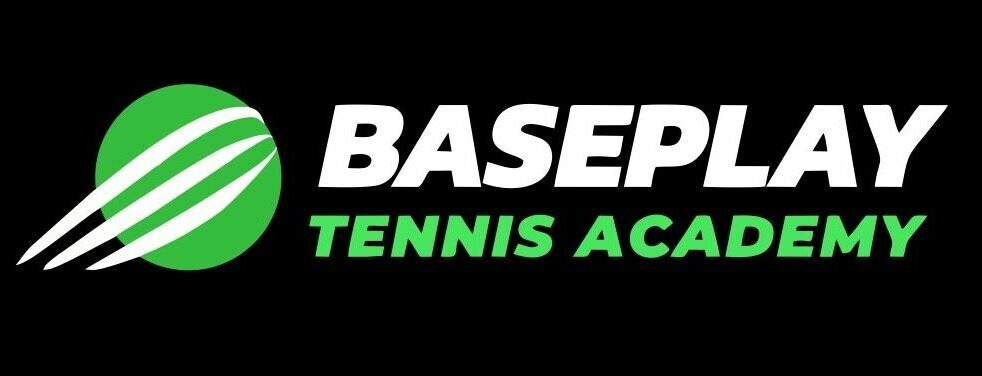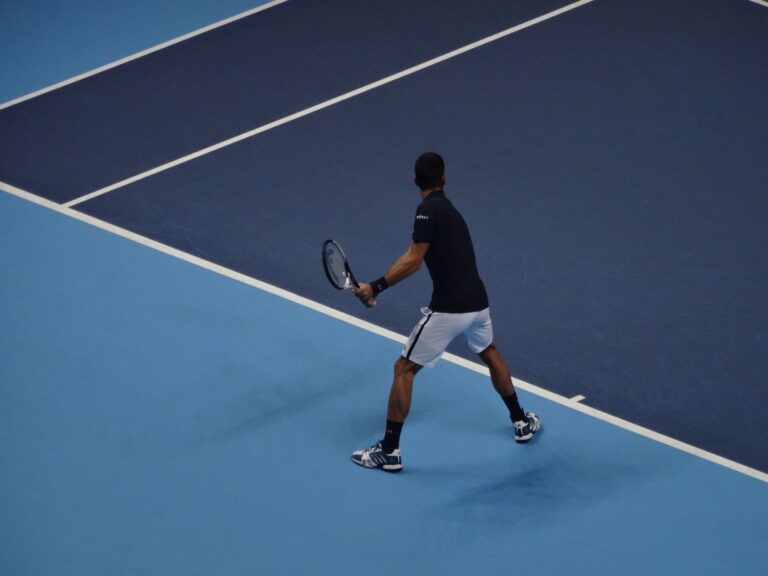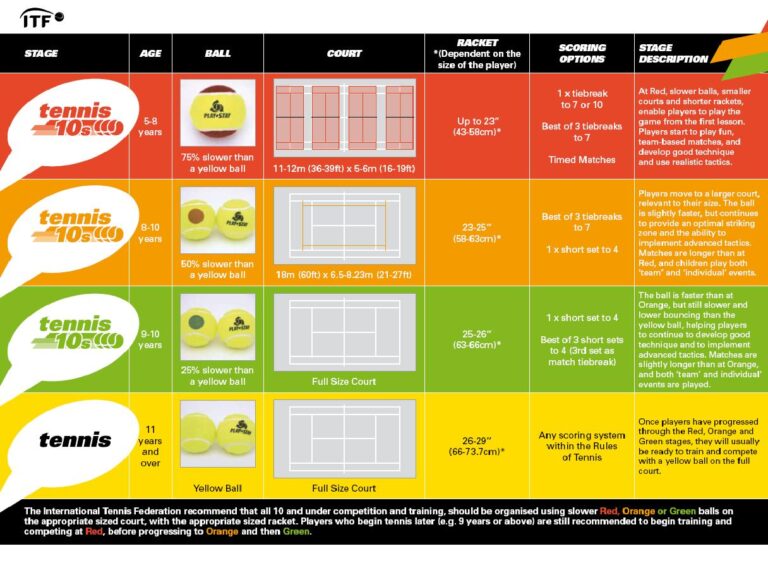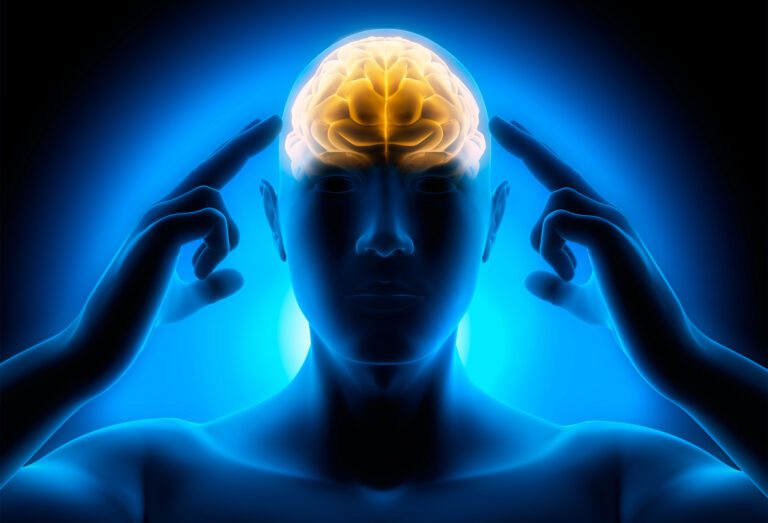Understanding Spin
”The more spin the less pace, and vice versa”, so wrote Bill Tilden in his famous book ”Match Play and the Spin of the Ball” published in 1925.
The maxim was true then and is today, a century later! There are three main types of spin – topspin, slice or underspin and sidespin.
Topspin is when the ball is spinning forward along its line of flight. Slice or underspin is when the ball is spinning backwards along its flight path. Sidespin – whichever side rotates against the air resistance will make the ball swerve to the opposite side.
There are a number of factors that affect the way a ball bounces off the court surface when hit with spin. The amount of energy or power put into the shot. The type of spin applied – topspin, underspin or sidespin.
The height of the contact point – racket to ball – and the trajectory of the ball flight. Also the court surface will make a considerable difference in how the ball bounces. Gravity and air pressure will also play their part in affecting ball flight and bounce.
Just wait until we have a tennis court on the moon!
Your writer has played tennis during the summer months in a ski resort at high altitude – it’s very different to playing at sea level.
The ball flies faster through the air – less atmospheric pressure and the ball pressure itself is higher – so higher bounce off the court surface.
My racket preparation was always late until I made a very conscious effort to prepare earlier. I was also a little short of oxygen at 2000 meters!
Topspin
The theory of how a ball will bounce if hit with topspin shows the ball dips downwards, grips the court surface, and bounces off low, at a smaller angle than its angle of approach.
In practice the height a ball approaches and the power behind the shot cause the ball to approach the court at a very steep angle – the result is a high bounce and forward kick to the ball.
This means the ball will ”take on” the player about to hit it and attack, so to speak, the hitter. If the player is not expecting this they will be always late in their racket preparation and timing.
This, if you watch Rafa Nadal, is a big part of his success on the clay courts at Roland Garros. 14 titles are no accident!
The heavy topspin Rafa imparts to the ball gives his opponents a lot of problems with the resultant high kick from the spin – it also enables him to play very acute angles.
Underspin
The theory of how a ball will bounce with an underspin shows the ball approaches the court, grips the surface and bounces off higher than the angle of approach.
In practice the ball is hit with force and approaches at a low angle, its underspin causes the ball to skid and therefore bounce much lower than expected. This is particularly noticeable on grass and clay.
Sidespin
There is nothing too remarkable about sidespin – if used on a crosscourt forehand the shot is referred to as a banana ball and will serve to take the player receiving the shot off the court on their forehand side.
Serving
Spin is an essential part of serving and enables a very fast serve to be controlled into the service box. It also gives a great opportunity to the server to disguise his direction of serve – by using last-minute wrist action to the ball.
Spin and its effect on the tennis ball plays a big part in making lawn tennis a great spectator sport but also a difficult sport to learn for a beginner.






